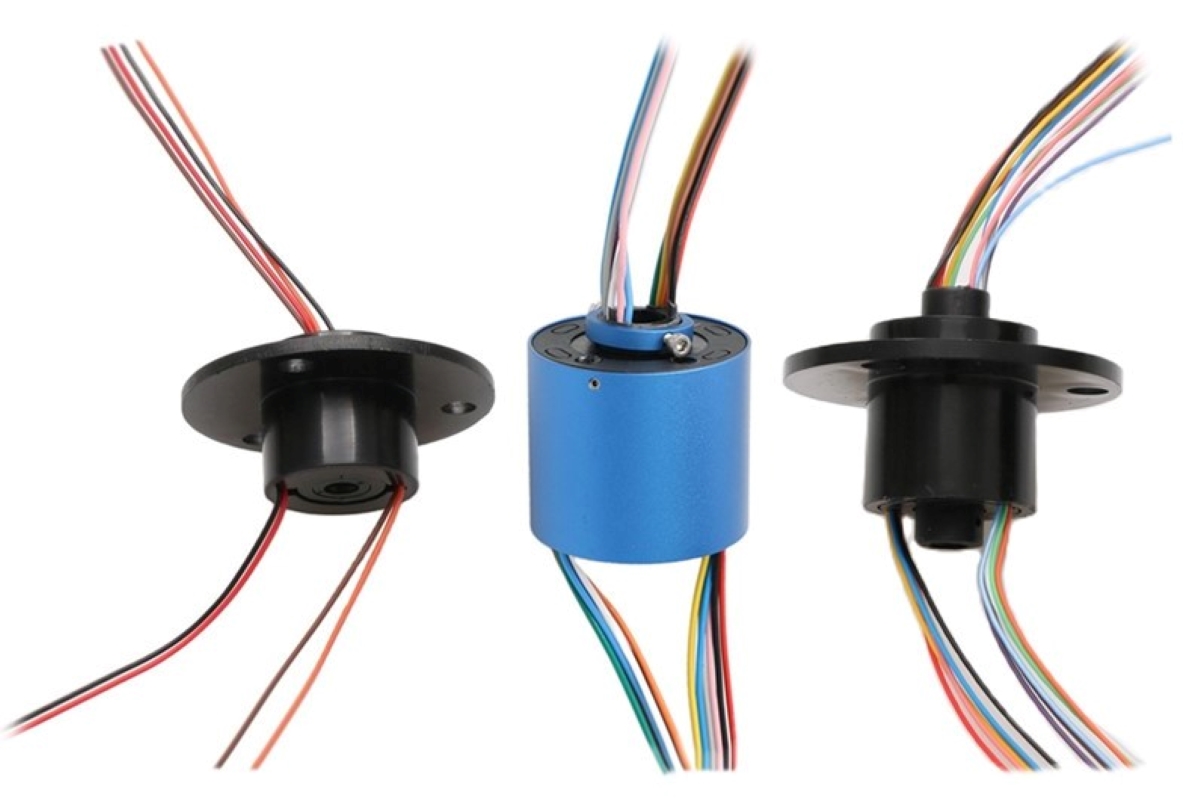In the realm of electrical engineering, the quest for efficient and reliable motor systems continues to drive innovation. Amidst the array of motor technologies, one intriguing element that captures the attention of engineers and industry professionals alike is the starting torque of slip ring motors. Today, we embark on a journey to unravel the enigma behind slip ring motor starting torque, exploring its significance, factors influencing it, and the implications for various applications.
The starting torque of a motor is a critical parameter that determines its ability to initiate motion from a stationary position, overcoming inertia and resistive forces. Slip ring motors, also known as wound rotor motors, offer unique advantages in terms of starting torque compared to other types of motors. Unlike squirrel cage induction motors, which provide a fixed starting torque, slip ring motors offer variable starting torque by incorporating external resistors in their rotor circuits.
The starting torque of a slip ring motor is influenced by several key factors. One of the primary determinants is the rotor resistance. By varying the resistance in the rotor circuit through external resistors, the starting torque can be adjusted to meet the specific requirements of an application. Higher resistance results in higher starting torque, while lower resistance provides a lower starting torque. This feature makes slip ring motors highly versatile, catering to a wide range of industrial and mechanical applications.
Additionally, the number of rotor windings also plays a crucial role in determining the starting torque. Slip ring motors typically feature multiple sets of windings connected to the rotor, allowing for different combinations to achieve the desired starting torque characteristics. By altering the configuration and connection of these windings, engineers can optimize the motor’s performance for specific applications, balancing the starting torque requirements with operational efficiency.
Furthermore, the choice of external resistors in the rotor circuit affects the starting torque and other performance parameters of slip ring motors. The selection of resistors should consider the motor’s characteristics, load requirements, and operational conditions. By carefully choosing the appropriate resistors, engineers can fine-tune the starting torque to match the specific needs of the application, ensuring smooth and efficient motor operation.
Slip ring motors’ variable starting torque capabilities make them particularly suited for applications that demand high torque at startup. Industries such as mining, cement, and paper rely on slip ring motors to power heavy machinery, including crushers, mills, and conveyors. The ability to provide a high starting torque enables these motors to handle the initial load requirements and initiate smooth and reliable operation, contributing to increased productivity and reduced downtime.
Furthermore, slip ring motors find significant application in crane systems, hoists, and elevators, where the starting torque is crucial for lifting heavy loads. The adjustable starting torque of slip ring motors allows for precise control and smooth acceleration, ensuring safe and efficient lifting operations. Slip ring motors also excel in traction systems, providing the necessary torque for trains, trams, and other transportation modes to start moving from rest and achieve desired speeds.
The renewable energy sector has also embraced slip ring motors due to their starting torque capabilities. In wind turbine applications, slip ring motors enable efficient power generation by allowing smooth startup and the ability to adjust rotor resistance based on wind conditions. This flexibility ensures optimal power capture across a wide range of wind speeds, contributing to the growth of sustainable energy solutions.
Mr. David Anderson, a renowned electrical engineer, shares his expertise, stating, “The starting torque of slip ring motors empowers engineers with the flexibility to tailor motor performance to meet specific application requirements. This capability, combined with their robustness and adaptability, makes slip ring motors an invaluable asset in various industrial and mechanical systems.”
As technology continues to advance, slip ring motors’ starting torque characteristics are being further enhanced and optimized. Engineers and researchers are exploring advanced resistor technologies, improved control systems, and optimized rotor designs to maximize starting torque efficiency while minimizing energy losses. These ongoing developments ensure that slip ring motors remain at the forefront of motor technology, driving innovation across industries.
In conclusion, the starting torque of slip ring motors unveils a world of possibilities for efficient motor operation across diverse applications. With their variable starting torque capabilities and adaptability, slip ring motors continue to empower engineers, offering precise control, enhanced performance, and reliability.
About Hangzhou Grand Technology
Hangzhou Grand Technology is a leading provider of cutting-edge electrical engineering solutions, delivering innovative technologies to a wide range of industries. With a commitment to excellence and a customer-centric approach, Hangzhou Grand Technology strives to revolutionize the world of electrical engineering through its state-of-the-art products and services.


